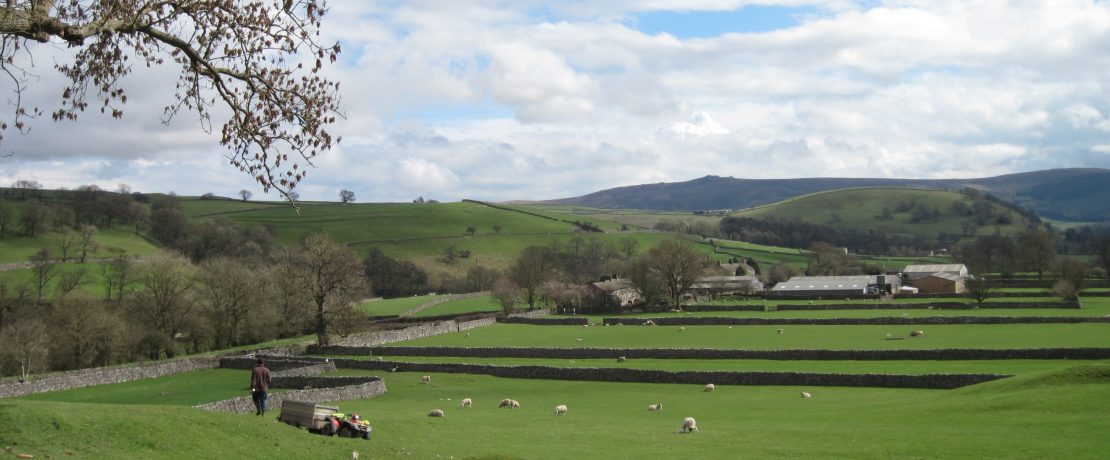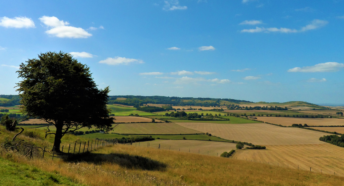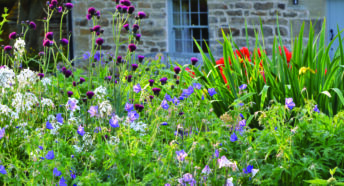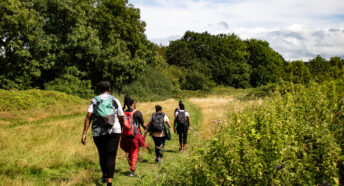A journey through the joys of spring
Adventurer Graham Hoyland has travelled the world, but never quite found anything to compare to an English springtime – as celebrated in his book, Walking Through Spring: An English Journey. Here, he looks back on the sights and scents of a ramble through the season.
The English spring appears in the southern counties sometime in March, then moves north, travelling at the same speed as a walking man. It gets to the border with Scotland in a few weeks. On the way, it loosens winter’s grip with tiny shoots of green, a haze of leaves on a distant wood, a breath of warm wind in the night.
Spring is an indefinite event, but has to do with the appearance of certain flowers, birds and insects. It is a feeling as much as a happening.
I’d missed more than a dozen English springs in recent years due to expeditions to the Himalayas and sailing trips in the tropics. Here, the glaring white peaks, turquoise seas and garish slashes of colour in the jungle could never compare with England’s palette of greens.
With climate change much on our minds and stories in the press about disappearing countryside, I wondered: does spring still come to my home country?
In 2015, my girlfriend and I made a journey through the whole length of England, walking with the spring, taking the whole season to complete. We walked from the south coast up to the Scottish border, which we reached on the last full day of spring: 20 June. We connected a labyrinth of ancient footpaths into a personal English trail running from south to north, marking each mile travelled by planting an acorn in hedgerows of blackthorn, hawthorn, dogwood and hazel, thus drawing a line of oak trees that may one day stretch through the English countryside.
Season of hope
Why do we have spring? The simple answer is that the earth is tilted on its axis at 23.4 degrees. As it makes its year-long journey around the sun, England in the northern hemisphere is leaning towards the sun for half the year, and leaning away from it for the other half.
The result in temperate climates, such as England, is that we have distinct seasons that have shaped our farming traditions and cultural history. Spring is traditionally seen as a time of hope and new beginnings. Our walk was also a way of reconnecting with the much-loved country of our childhood.
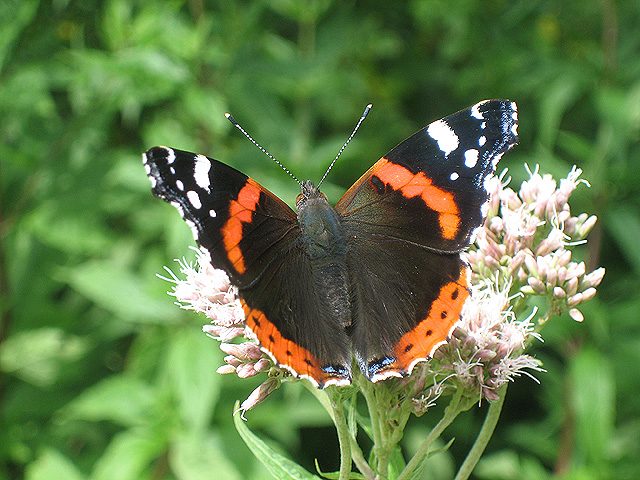
We saw chemical prairie farming in Wiltshire and machine-flailed hedges all through England, but we also saw newly planted hedgerows and many small but helpful conservation projects. For example, the Prestbury Hill butterflies along the Cotswold Way; 102 miles of perfect walking along the steep edges of the West Country.
Here, unimproved grassland was being tended by conservationists and farmers to provide perfect conditions for chalkhill blues and the more familiar red admiral (which, by the way, is a contraction of red admirable). A beekeeper we met explained why his bees were in trouble: the lack of wildflowers in meadows. But we also met a farmer who was starting to provide space for these flowers on his field edges.
Any surprises? Well, we saw a boa constrictor in southern England being taken for a walk, and discovered that Birmingham is a magnificently green city, interlaced with canal towpaths and greenways all the way to the centre. We also spotted a golden eagle in the last field before Scotland.
Overwhelming the senses
On the way up through England, we saw, smelled and experienced the joy of the natural world as the season unfolded – from dairy cows cantering and kicking their heels when released into lush meadows to galloping bands of lambs in the Peak District. When the frosts are first gone in March you can smell the rich, loamy aroma of the earth warming up. The sun drying out the wet leaves adds a note of sweet decay.
Then, a few days later, there are top notes of grass growing and buds swelling. Finally, in late spring, when the first hay cut is taken, there’s the pungent stench of manure being spread on the short remaining grass.
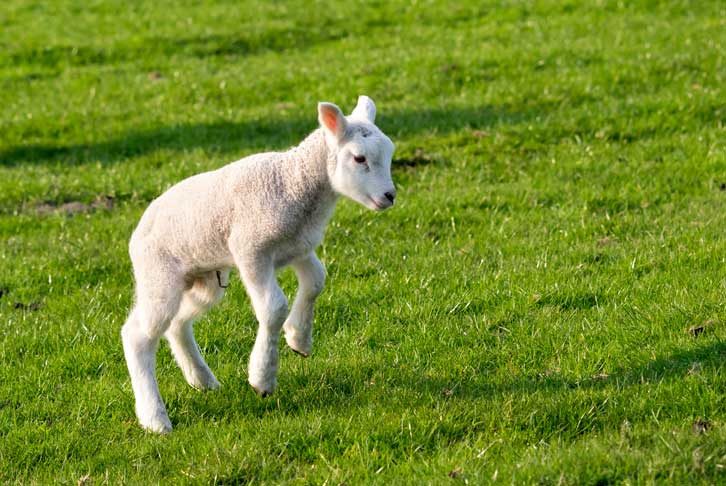
We crunched through the leftover rusty leaves of autumn, waded through a haze of bluebells in the woods, and examined the snowdrops, crocuses, catkins, primroses and daffodils that chart the progress of the season. We saw wide views of great estuaries from the ridgeways and gazed up at the night sky from beside a campfire. We sailed a Swallows and Amazons boat across Ullswater in search of Wordsworth’s daffodils, then rode the Settle to Carlisle train back to our tent.
Away from the cars and motorways, can walking through a season help us reconnect with the old England of wildwood and Pan? Certainly. As we walked down the glorious River Eden in Cumbria, nearing Scotland, I had an experience that I can only describe as mystical, and certainly life-altering.
I watched a heron hunched over the water and felt an overwhelming sense of connectedness with the bird, with the river, sky and nature itself. I felt that this could only have happened after a long period of time immersed in the countryside.
I can report unequivocally that the English spring is alive and well. All you have to do is pull on your boots, walk outside and look for it.
This article, or a version of it, was originally published in CPRE’s award-winning magazine, Countryside Voices. When you join as a CPRE member, you’ll receive Countryside Voices through your door as well as many other benefits including discounts on attraction visits. Join us now.
